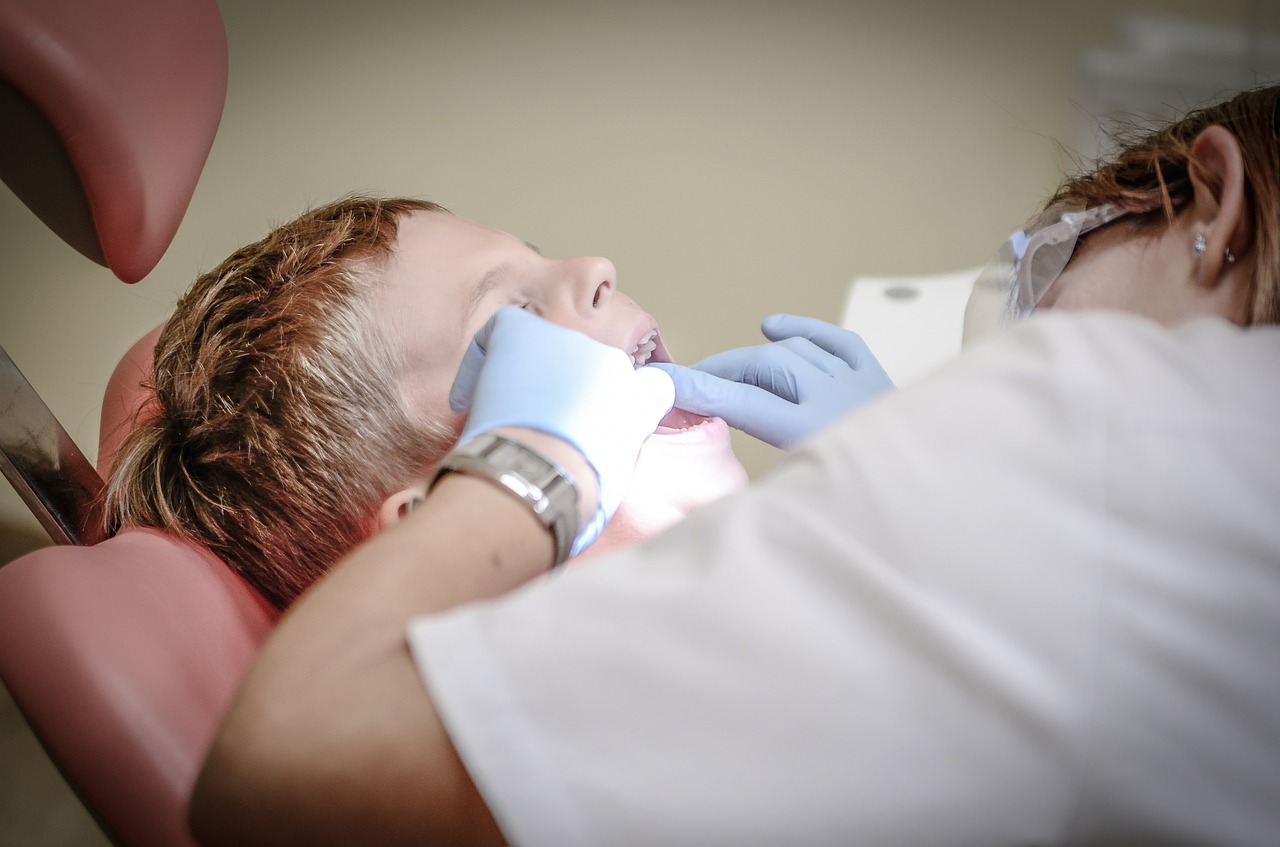Teeth Grinding Is Most Common Dental Problem
Written by |

Bruxism, also known as teeth grinding and jaw clenching, is the most common oral manifestation in patients with Rett syndrome, according to a small review of literature.
The study, “Oral Manifestations of Rett Syndrome—A Systematic Review,” was published in the International Journal of Environmental Research and Public Health.
Rett syndrome, a neurodevelopmental disorder that mostly affects girls, is primarily caused by mutations in the MECP2 gene, which is located on the X chromosome.
Rett symptoms vary with the stage of the disease. Initial normal development is followed by regression presenting as intellectual disability, followed by impaired communication, difficulties walking, weight loss, and skeletal deformities.
Bruxism is a common manifestation in those with Rett, along with other dental problems such as gingivitis (inflammation of the gums). However, the oral health features of Rett syndrome patients have been scarcely studied.
To address this knowledge gap, researchers in Pakistan, Italy and Kuwait conducted a systematic review of published studies that focused on the oral health of Rett patients. The team’s literature search resulted in the selection of 22 studies for analysis, all published in English since 1990.
Bruxism was the most common oral manifestation, and nine of the included studies reached this conclusion. Daytime bruxism was more frequent than the nocturnal type.
“The most fundamental oral health manifestation of Rett syndrome is bruxism, which is difficult to treat,” the researchers wrote.
Masseteric hypertrophy, a rare condition in which masseter muscles (mastication, or chewing muscles) become enlarged, was reported in one case study, and anterior open bite — when there is no overlap between the incisors in the upper and lower jaw — in two other studies. Tooth wear was described in three studies.
Other oral health issues included mouth breathing, tongue thrusting, digital sucking, and high arch palate (a narrow and tall roof of the mouth). Trauma of oral soft tissues was reported, including gingivitis and enlarged gingival tissues. Most patients also presented dental caries (cavities).
Overall, these manifestations highlight the importance of good oral hygiene and the need of special care dentistry for Rett patients, the investigators said.
“Understanding the characteristic oral manifestations, digital-oral habits and oro-facial motor functional issues associated with Rett Syndrome is critical for dental practitioners, in order to properly manage dental issues of Rett patients,” the researchers wrote.
“Early diagnosis, oral health education and prompt treatment remains the key for treatment of oral complications associated with Rett syndrome,” they concluded.
Among the study’s limitations, the researchers said, are its small sample size and the relatively low number of studies, which means the results are not completely representative.





